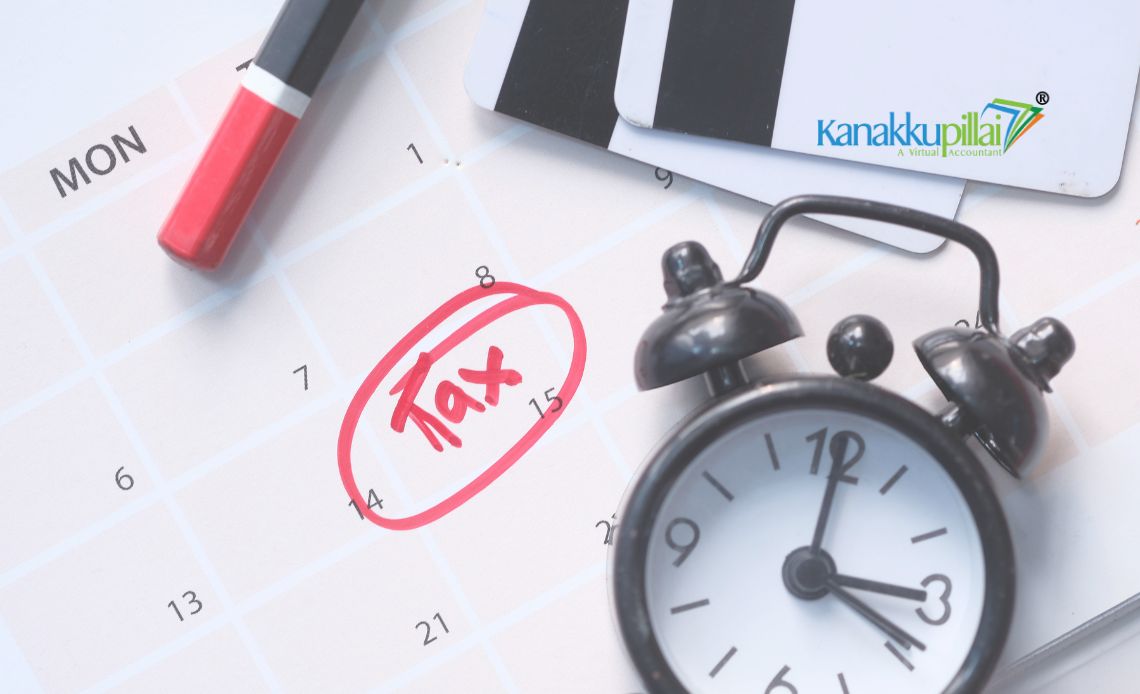Just a fortnight away from the March 31st investment proof submission deadline, one can almost visualize the panicked frenzy of employees rushing through the corridors of already overworked and understandably cranky finance and accounts teams of their employers. After all, this is the month when Payroll mills work around the clock – cleaning up the entire year’s Accounting metrics for the employers/employees – heavy files to be uploaded/whisked away on various government portals. Finance and payroll hubs look no less than a Mission-Critical NASA Drone, especially days before their D-Day, March 31st. Data completion and accuracy must go hand in hand, or else all hell may break loose!!
Could one blame the overworked finance folks or the employees with last-minute ten thousand queries?
Well, the answer to this question lies in the question itself! The keynote is “Last Minute!”
Eh! Confused??
Agreed, one may land up with the most lucrative employment portfolios with an employer of their choiceà Crunching life-or-death-threatening numbers, Developing hi-tech/disruptive path-breaking codes, yadda Gabbana!
The fact of the matter is -None of the business /engineering schools will make you as investment/tax saving ready in 2, 4 or 5 years of your highly revered academic pedigrees’ pursuits as the last 15 days of chasing the “I never knew this guy existed in our company” The oh so non-impressive Payroll Executive. The payroll employee also knows this is their time of the year, so they don’t shy away from shooing away many desperate six-figure monthly take-home employees. The ones who would do anything to minimize the enormous tax axe looming over their bank accounts – waiting to devour a six figured TDS adjustment chunk from their March salary.
Let’s get back to our keynote—last Minute. It will do you all an immense good to remember throughout the year that, after all, “payroll waale ka bhi time aata hai.” Instead of waiting for the last 7 or 15 days—checking with colleagues/finance folks—”How do I save up my taxes?”—it will be much easier to do your investment planning well in advance—so to say, in April/May of every financial year.
With a salary hike that most companies effectuate in April, you have clear visibility of your revised net taxable incomes every year. After applying the current financial year’s tax slab rates – by the latest May, you can get a fair idea from the not-so-busy Payroll Execs of the kind of investments that you should be making – so as to save up the maximum tax deduction at the source. And trust me – the chilled-out Payroll guys would be more than happy to oblige employees at that time of the year because they also know it will reduce their workload during the high peak months of the financial year’s last quarter. Not just that – the well-in-advance investment planning can ensure that following critical agendas don’t get skipped-
1) Balance Wealth Creation and Tax Saving
Remember, the opportunity to save tax comes hidden, along with a chance to create future wealth. Even though tax saving might be the primary purpose of investing in tax-saving instruments, it should never be the sole purpose, and the objective of wealth creation should be given equal weight. Apart from taking note of the investment’s tax benefits, make sure you consider factors such as returns, liquidity, and risk to facilitate wealth creation.
So, align the tax planning process with long-term financial goals!
2) Look beyond the world of Traditional Tax Saving Instruments
Irrespective of the rocket science that we may engineer in our job roles, the ground-level reality is that most taxpayers are risk averse. This prevents them from investing in market-linked instruments that offer higher returns than traditional tax-saving instruments such as PPF, NPS, and NSC and saving fixed deposits. Let’s do a quick comparative study of these- Many investors are either unaware or simply ignorant towards the fact that tax-saving mutual funds (ELSS) not only provide tax benefits of up to Rs.1.5 lakhs under section 80C but also inflation-beating returns, which are usually much higher than those of its tax saving peers. Gains from ELSS are tax-free up to Rs.1 lakh, and long-term capital gains (LTCG) tax is only levied on gains above Rs.1 lakh in a financial year. Including ELSS in your tax-saving investment portfolio also provides a greater degree of liquidity, as it involves the lowest lock-in period of just 3 years.
3) Create an Emergency Fund separate from tax-saving Investments.
An advanced tax planning exercise can give you the mental freedom and space to create a separate emergency fund meant for an unexpected situation in life. The desperation to reduce your tax liability, especially during the last quarter of the financial year, often leads many taxpayers towards the decision to channel their emergency funds into tax-saving investments – which is not advisable.
4) Look up those lesser-known tax exemptions
In a hurry and burry of last-minute investments, most people end up ignoring the lesser-known tax exemption expenditures. Some of these expenses include expenditures incurred on a specified disease (Section 80DDB), health expenses of a disabled dependent (Section 80DD); children’s tuition fee (section 80C); registration fee, stamp duty and other direct costs related to transfer of house property to assessee (section 80C); donations to specified institutions, funds, temples, political parties (Section 80GGA, 80G, 80GGC) and interest earned up to Rs.10,000 on bank savings account (Section 80TTA). Taxpayers lacking knowledge regarding such expenses often end up paying higher taxes than they should have.
5) And Finally, Don’t Wait till the Last Quarter
It is a proven fact that last-minute tax planning leads to erratic decision-making and increases the chances of choosing not-so-optimum investment instruments. Moreover, last-minute planning may even put you at risk of failing to actually get the tax benefits due to reasons such as failure to submit investment proofs or delay in timely payment clearance. When you invest in one go (lump sum) in the last quarter of a financial year, you lose the opportunity to earn the entire year’s returns on the selected products. Therefore, it’s prudent to devise an efficient tax-saving strategy at the beginning of the financial year itself.
Remember, Friends! As important as it is to earn more money, equally, or rather more important, is to save and multiply every extra penny!





